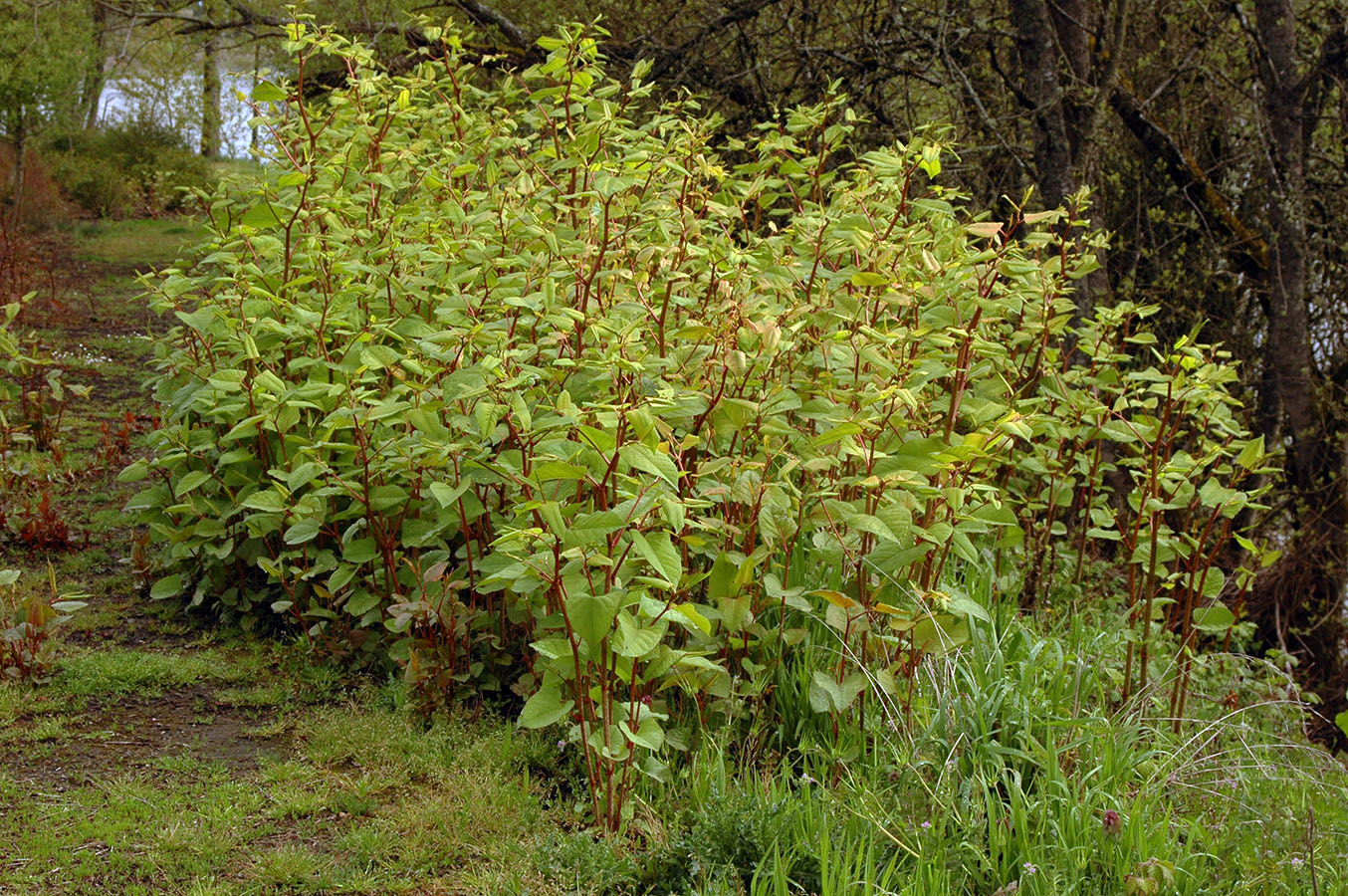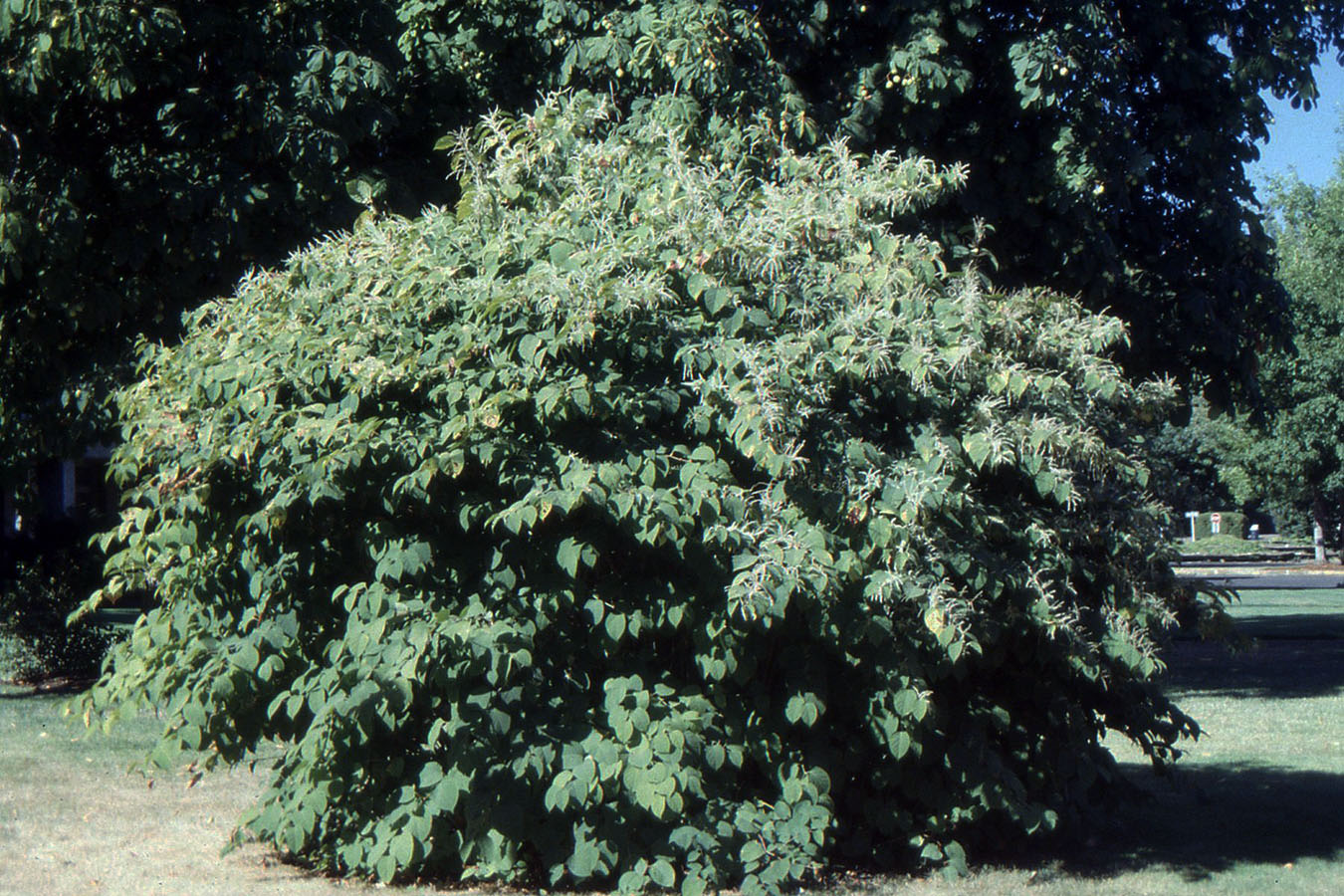Wild Cousins That Aren’t Welcome
go.ncsu.edu/readext?940039
en Español / em Português
El inglés es el idioma de control de esta página. En la medida en que haya algún conflicto entre la traducción al inglés y la traducción, el inglés prevalece.
Al hacer clic en el enlace de traducción se activa un servicio de traducción gratuito para convertir la página al español. Al igual que con cualquier traducción por Internet, la conversión no es sensible al contexto y puede que no traduzca el texto en su significado original. NC State Extension no garantiza la exactitud del texto traducido. Por favor, tenga en cuenta que algunas aplicaciones y/o servicios pueden no funcionar como se espera cuando se traducen.
Português
Inglês é o idioma de controle desta página. Na medida que haja algum conflito entre o texto original em Inglês e a tradução, o Inglês prevalece.
Ao clicar no link de tradução, um serviço gratuito de tradução será ativado para converter a página para o Português. Como em qualquer tradução pela internet, a conversão não é sensivel ao contexto e pode não ocorrer a tradução para o significado orginal. O serviço de Extensão da Carolina do Norte (NC State Extension) não garante a exatidão do texto traduzido. Por favor, observe que algumas funções ou serviços podem não funcionar como esperado após a tradução.
English
English is the controlling language of this page. To the extent there is any conflict between the English text and the translation, English controls.
Clicking on the translation link activates a free translation service to convert the page to Spanish. As with any Internet translation, the conversion is not context-sensitive and may not translate the text to its original meaning. NC State Extension does not guarantee the accuracy of the translated text. Please note that some applications and/or services may not function as expected when translated.
Collapse ▲You may notice thriving large clumps of greenery with triangle shaped leaves and reddish stems by the roadside. Polygonum cuspidatum, otherwise known as Asiatic knotweed, Mexican bamboo, False bamboo or a number of other names. Those depend on if you’re a fan or not. These plants with striking red stems and almost chartreuse green leaves belong to an herbaceous perennial from the buckwheat family that has made tremendous headway in NC and surrounding states. While it’s not a bamboo, the hollow, jointed stems and dense underground growth habit can make you think they’re kin. There are even a couple of attractive variegated cultivars such as Polygonum cuspidatum ‘spectabile’; Polygonum cuspidatum ‘Variegata’ and Polygonum cuspidatum ‘Freckles’, some of which are said to be clumping, not running. Seeing is believing.

Polygonum cuspidatum (syn. Fallopia japonica, Polygonum japonicum) [Japanese Knotweed, Mexican Bamboo]
Knotweed stems emerge in late-March to mid-April, depending on soil temperatures, and begin a burst of rapid growth. Roadside knotweed can already be tall enough to cause sight distance problems before the end of April, and the plants are almost full height by the end of May. Flowering usually occurs in July, and the seeds mature in August and September.
If you have it, and don’t want it then there are some options, depending on how much of the plant is on your site. If you’ve just spotted it encroaching on your landscape and it’s a small population, or it’s come into an environmentally sensitive area where herbicides can’t be used then back muscle, a sharp digging tool, fortitude and endurance are required to remove the entire plant including ALL roots and runners. Just like Bamboo and Kudzu removal tactics, being careful not to spread rhizome fragments. Anything left behind will potentially resprout.
Repeated cutting close to the ground several times a year over several years is another method. Cutting stems repeatedly over time will deplete the reserves in the rhizomes. It’s a battle between your energy and the underground plant part’s energy to see who gives up first. But before you think you can just “spray away the problem” with a once-and-you’re-done herbicide treatment, think again. Both mechanical and herbicidal control methods require continued treatment to prevent reestablishment of this tough green fighter. Timing, as they say is everything. Glyphosate applied in spring or early summer my stunt or yellow the plant, but knotweed usually grows out of it. Late summer or early fall chemical treatments are much more effective in preventing regrowth in the following year. The entire stand of the plant must be covered. Otherwise, it re-invades from creeping rootstocks from untreated areas.
Perhaps you can learn to like it or appreciate the physical exercise you can get from battling this gardening challenge. Either way, it’s a learning experience and good example of why “know before you grow” is a really good idea. Pretty is a pretty does.





